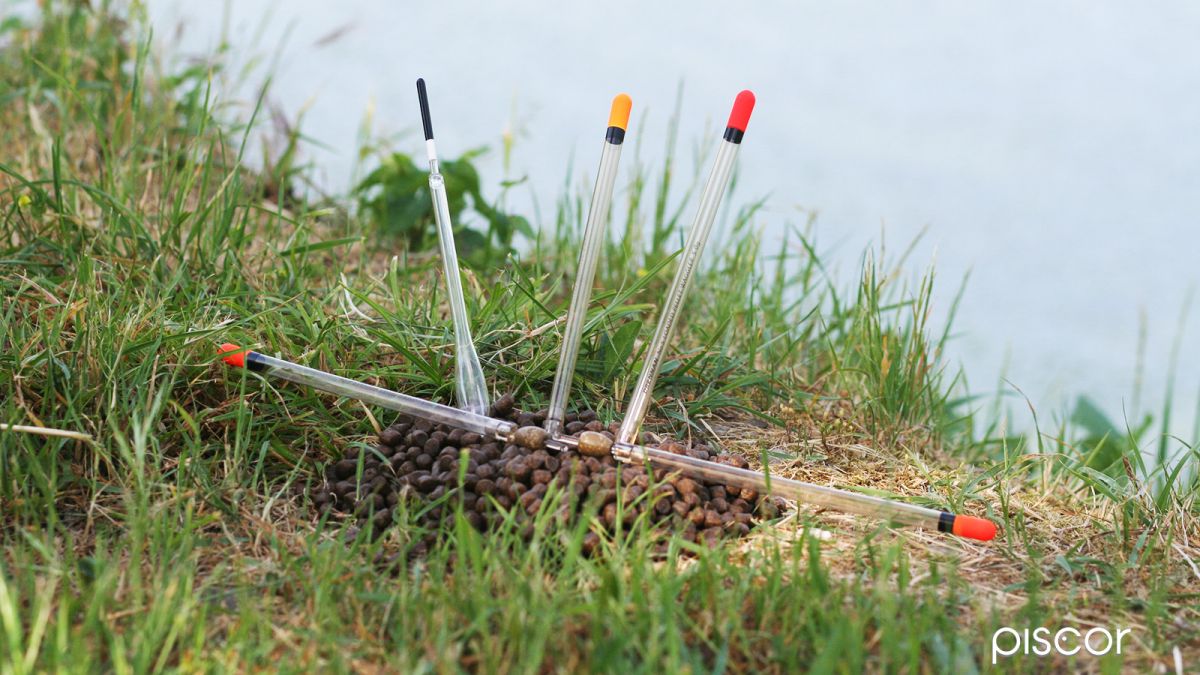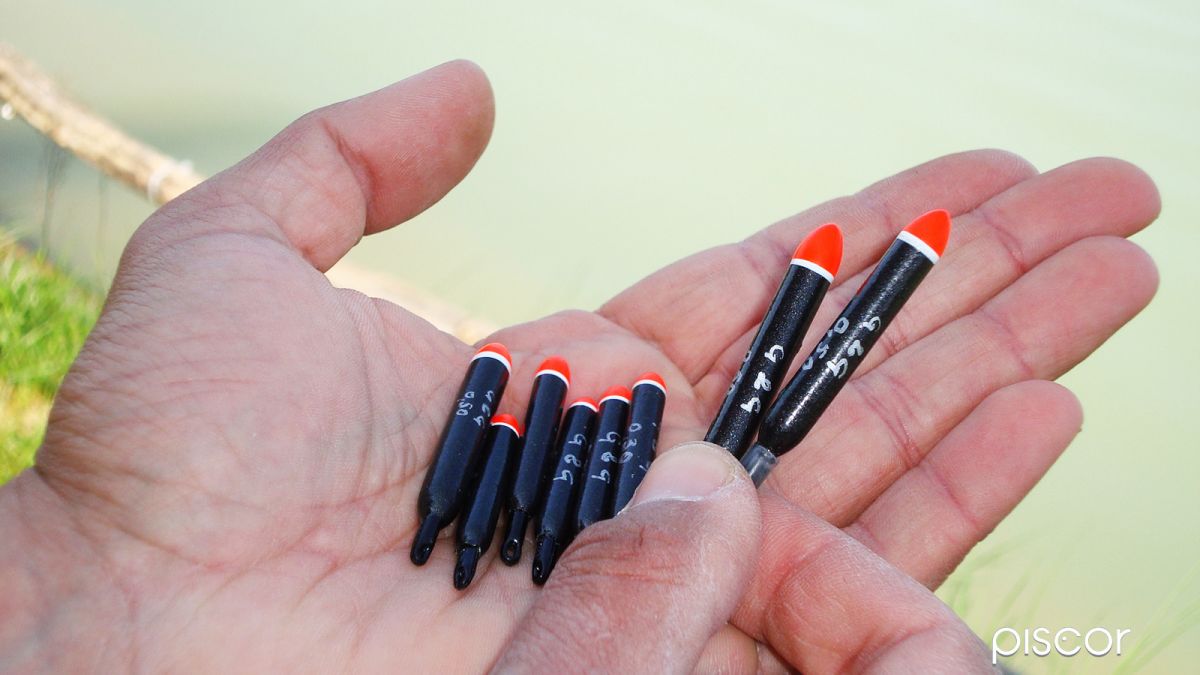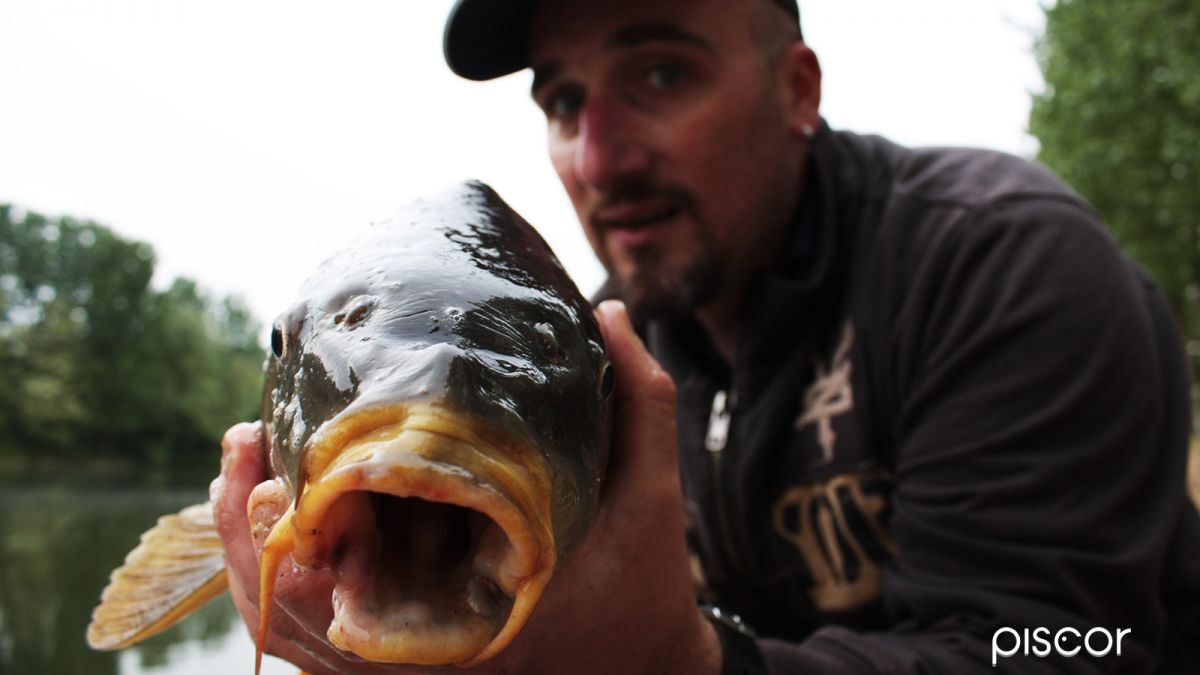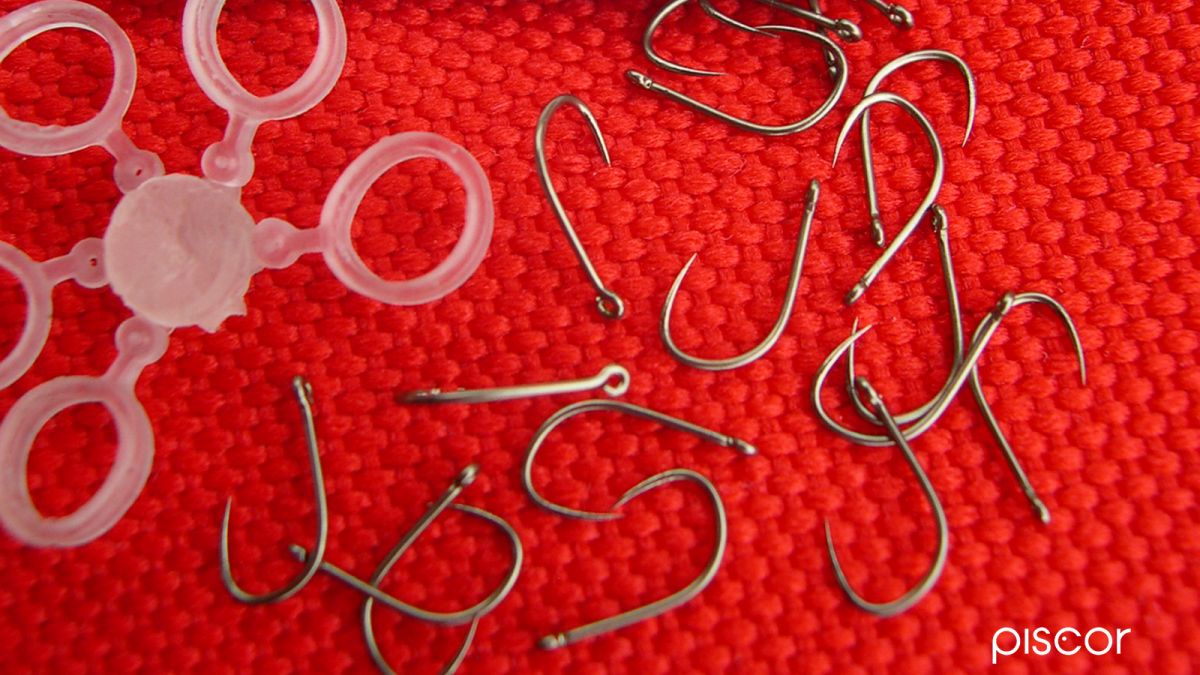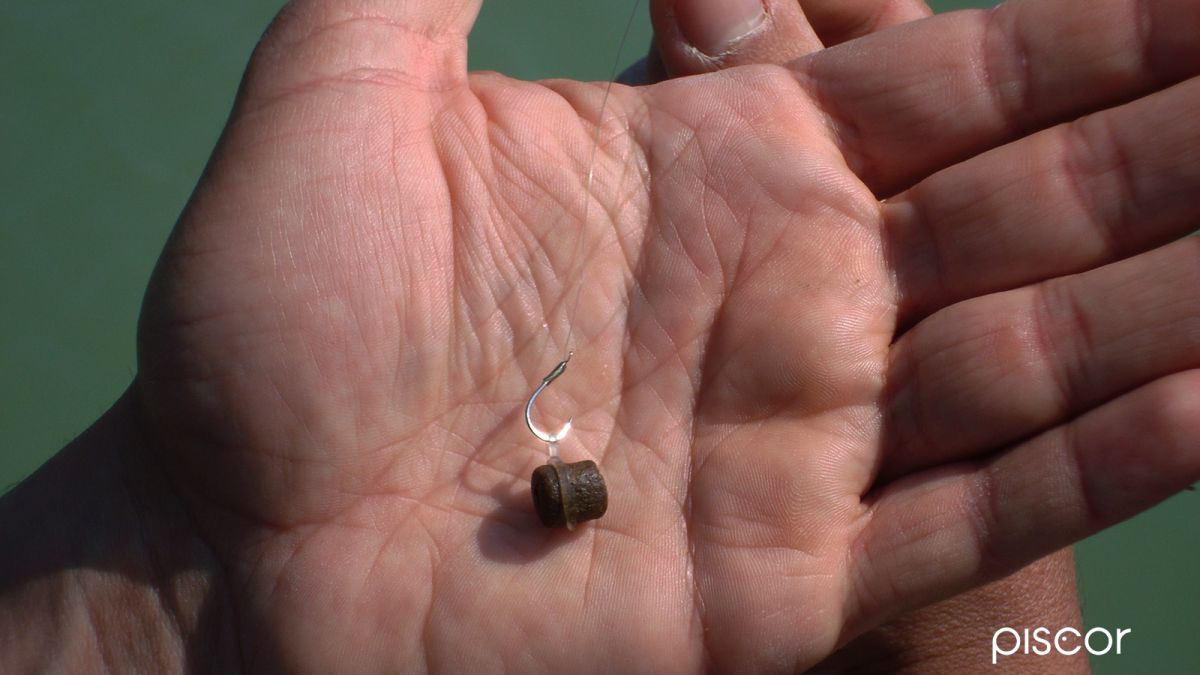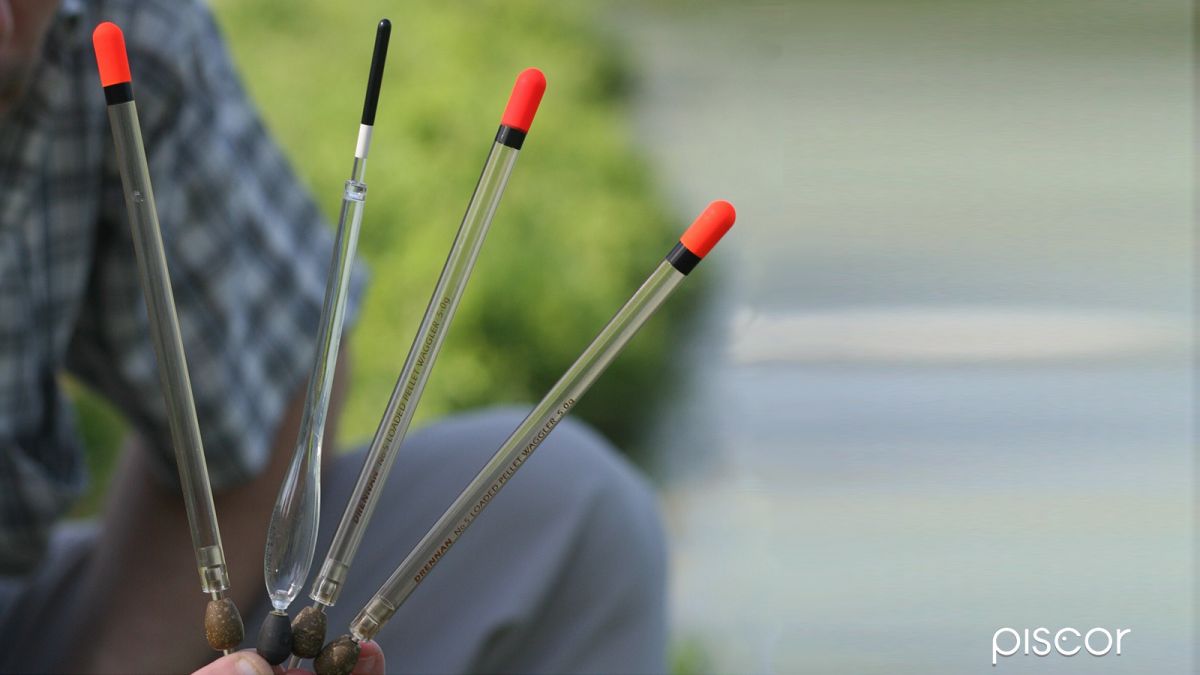Pellet waggler and speci-waggler are the names used to designate a special English float which, as the first of the two names makes clear, is particularly suitable for the use of pellets.
This article illustrates some uses of this type of waggler in commercial ponds, where the main bait is usually the pellet.
In the wide range of wagglers available on the market today (mainly on the English one, as it is understandable that it is, being England the home of Waggler Fishing) there is a special type called waggler pellets or speci-waggler that is particularly suitable for fishing with pellets, the now very popular grain feed used especially in sports fishing lakes.
In this space we will illustrate some specific uses for the context of the ponds, also suggesting a couple of technical solutions useful in general to make more effective the ignition of the pellet.
The classic
The classic waggler pellet is made up of a full-bodied balsa cylinder (some companies also produce models in polyurethane, a slightly less resistant material, but much lighter) and a plastic "peduncle" inserted at the base.
In the hole of the peduncle the wire of the reel must be passed (better, however, to insert the "peduncle" in a float adaptator, a special rubber adapter equipped with a swivel useful to unload the rotations that the float makes in the launch and recovery and that would twist harmfully the motherlence) in order to allow the blocking of the waggler on the beam with the traditional bulk of English lead (the so-called BB, AAA and SSG).
Weights that also calibrate the waggler itself (in full if you use a waggler pellet completely free of lead, only in part if you use one of those already partially sealed).
In ponds, fishing with waggler pellets is usually set at a distance from the shore of about twenty to thirty meters and mainly on the surface, or at least halfway down.
This is due to the habit that in these environments often have the fish to carry in the layers of surface water as attracted by the grazing that puts them in strong food competition (a phenomenon that occurs especially in the summer season, the period of greatest activity of these fish).
In such a circumstance, the somewhat noisy impact of the massive waggler pellets on the water helps to attract, rather than frighten, the fish present in the pasture, used as it is to associate the food donation with the noise produced by anything that falls into the water.
This is demonstrated by the fact that, often, the bite occurs a few moments after the impact of the waggler on the water, also developing with some violence), and however it can be a good tactic even to recover for a very short stretch of the waggler pellet on the pasture area immediately after baiting, so as to make the triggered pellet repeat the drop along with the pellets slung as pasture, a particularly valid tactic in the case of fish that eat with distrust.
The waggler mini-pellet
The propensity of fish to feed on baits thrown in the underside of most ponds has suggested the idea of building mini-pellets wagglers to be used in underwater fishing, both afloat and on the bottom.
These are fishing floats, perfect mini-pellets wagglers in polyurethane and balsa in sizes 0.30 g and 0.50 g among other things, also very popular for fishing afloat with the roubaisienne.
In spite of their lightness and small size, these English floats have excellent stability in the water and also, in the afloat fishing, they are perfectly able to withstand even the weight of an 8 mm pellet put on the hook (with an adequate dose of lead at fault, logically).
This is due to their squat shape, but especially to the indicator obtained from the body of the float itself to give the latter a greater propensity to float, just like in the case of classic pellet wagglers.
Pellet paste on primed pellet
A very effective "trick" to make the triggered pellets even more attractive is to squeeze a handful of pellet paste over the pellet (paste that can be prepared by peeling off a few pellets of the soft type, or of the hard and softened type with a suitable wetting).
The paste, in fact, releases into the water an intense oily and fragrant trail that tends to cause an immediate and irresistible call of the fish towards the bait.
When fishing in ponds, it is frequent to come across the problem of making a mistake in the retrieving, missing the fish or flooding it on the body rather than in the mouth (very precarious flooding, which in most cases is followed by the unblocking of the prey still in the water).
The phenomenon can depend on various factors (failure to find the right fishing depth, excessive concentration of fish in pasture with consequent false bites produced by fish that rub against the line, etc.), including that of a trigger performed improperly.
In the latter case, we found that the position of the drifting pellets on the hook by means of the special rubber ring has a major influence on the dynamics of the fish retrieving: in fact, between the various points of the hook where to place the pellets, there is only one that allows you to minimize the vacuum retrieve.

